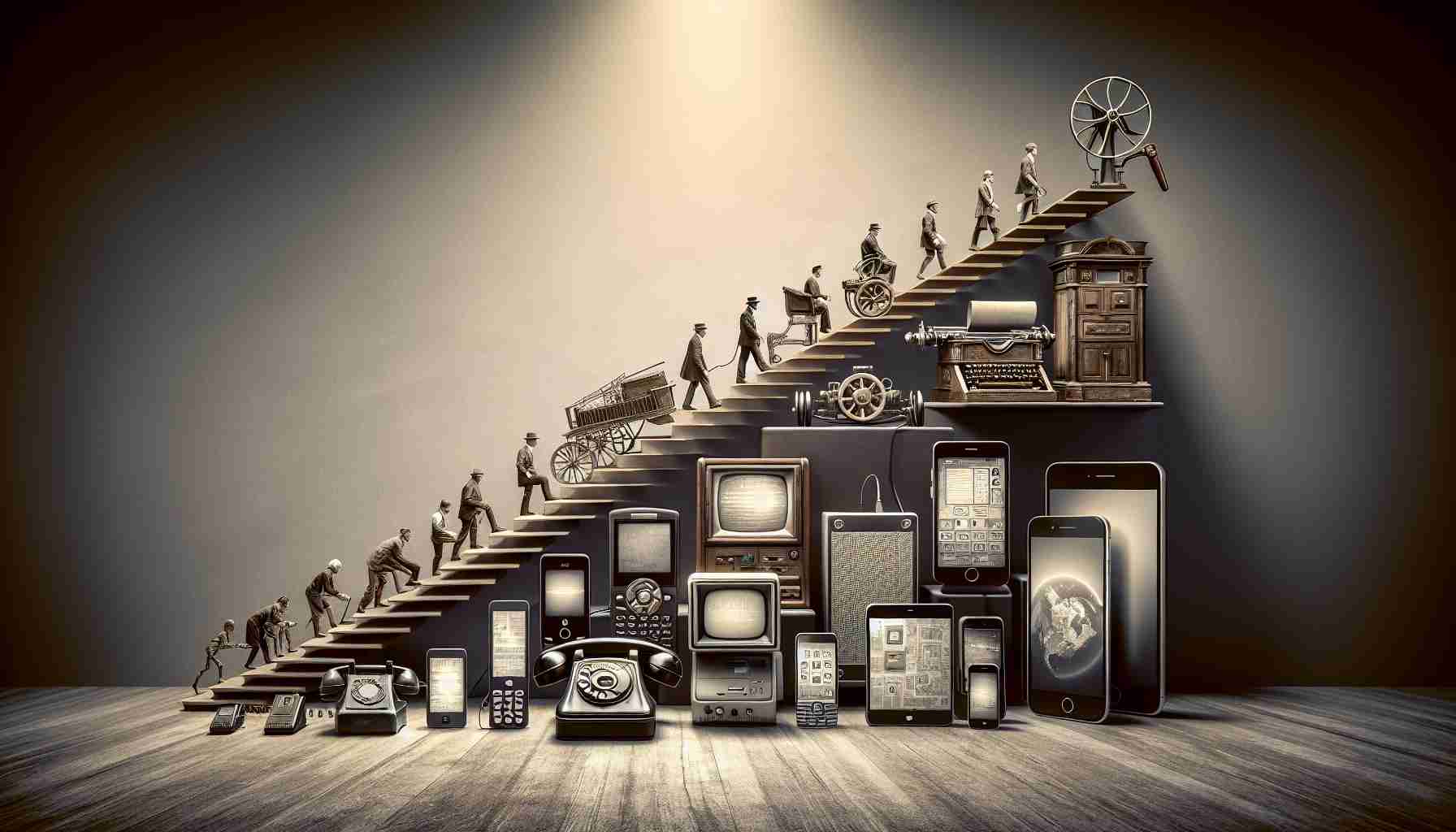The technological landscape has undergone a profound transformation, leading to unprecedented levels of global interconnectedness. Our journey began with the inception of revolutionary communication methods such as the telegraph and the telephone, which set the stage for today’s hyper-connected world.
The advent of the phonograph invited individuals to explore cultural landscapes, while the radio and television further expanded the horizons, demolishing barriers that once stood between information and its seeker. These inventions were not simply tools; they were harbingers of an age where distance and time constraints would progressively cease to matter.
The Impetus Behind Leisure and Technology
As society delved deeper into the 20th century, a curious balance was struck between the need for escape and the craving for virtual experiences. Technology evolved in tandem with these needs, enriching the tapestry of leisure with avenues for self-discovery and societal engagement.
Changing Faces of Connectivity and Individuality
In the digital age, the Cloud and the World Wide Web have become synonymous with knowledge and entertainment, transforming how we interact and shape our identities. These changes were particularly evident during global crises such as the COVID-19 pandemic, where digital tools became lifelines for maintaining social contacts.
The modern youth no longer view the car as the ultimate symbol of freedom; instead, digital spaces have become their arenas for exploration and expression. Smartphones epitomize this shift, offering a condensed version of the world at our fingertips.
A Look at the Roots of Modern Connectivity
Prior to the phonograph, inventions like Morse’s telegraph and Bell’s telephone were milestones that changed how humans exchanged messages and ideas. The establishment of ARPANET, which later evolved into the internet we know today, was a pivotal moment in ensuring that connectivity would become as integral to modern life as the air we breathe.
Assessing the Societal Landscape
This evolution has profoundly affected society, bringing us closer yet presenting challenges such as decreased physical socialization and the emergence of digital dependency. In the realm of work, smartphones have redefined traditional paradigms, enabling flexibility while also unintentionally tethering us to our jobs beyond the office.
Concerns and Criticisms in a Connected World
With greater connectivity come greater concerns, such as privacy, data security, and the rising tide of electronic waste. Additionally, the disparity in technological access remains a pressing issue, hinting at the digital divide that persists in various communities worldwide.
The Dual-Edged Sword of Technology
Connectivity has undeniably bolstered various aspects of modern living, enriching educational opportunities, healthcare accessibility, and overall global engagement. However, it has also introduced risks like information overload and the diminishing of personal interactions that are critical to social development.
To dive deeper into the evolution of connectivity, exploring the following institutions can provide further insights:
– IBM’s strides in computing technology which have laid the groundwork for the internet and smartphone technology.
– Apple, as a pioneer in smartphone production, offers a glimpse into the most up-to-date applications of the technology.
– Intel’s advancements in microprocessors showcase the power behind today’s devices that keep us connected.
Key Questions and Answers:
–What historical developments paved the way for modern communication technologies?
The invention of the telegraph and telephone were crucial early milestones, followed by the establishment of the ARPANET, which evolved into today’s internet.
–How do smartphones epitomize the shift in connectivity and personal freedom?
Smartphones represent a considerable shift in how individuals access information and communicate, offering a handheld portal to the digital world, effectively supplanting older symbols of freedom like the personal automobile.
–What are the main challenges associated with increased connectivity?
Challenges include digital dependency, privacy concerns, the digital divide, and environmental impacts such as electronic waste.
–What controversies exist around the digital evolution?
The major controversies involve data security, user privacy, the societal impact of reduced physical interaction, and the inequalities in technology access and digital literacy.
Advantages and Disadvantages:
Advantages:
– Improved access to information and educational resources
– Enhanced communication across the globe
– Greater flexibility in work and social settings
– Innovations in healthcare delivery and management
Disadvantages:
– Information overload leading to decreased focus and mental fatigue
– Cybersecurity threats and privacy concerns
– Increased electronic waste and environmental damage
– Social isolation and reduction in face-to-face interactions
Related Links:
– Explore computing history and future trends at IBM
– Learn about the latest in smartphone technology at Apple
– Discover advancements in microprocessors and hardware at Intel
It is essential to give consideration to how these technologies also impact individuals’ mental health, contribute to changes in societal norms, and strain relationships due to constant connectivity. As with any technological advancement, the digital evolution is a continuous process subject to ongoing development, ethical considerations, and cultural integration.
